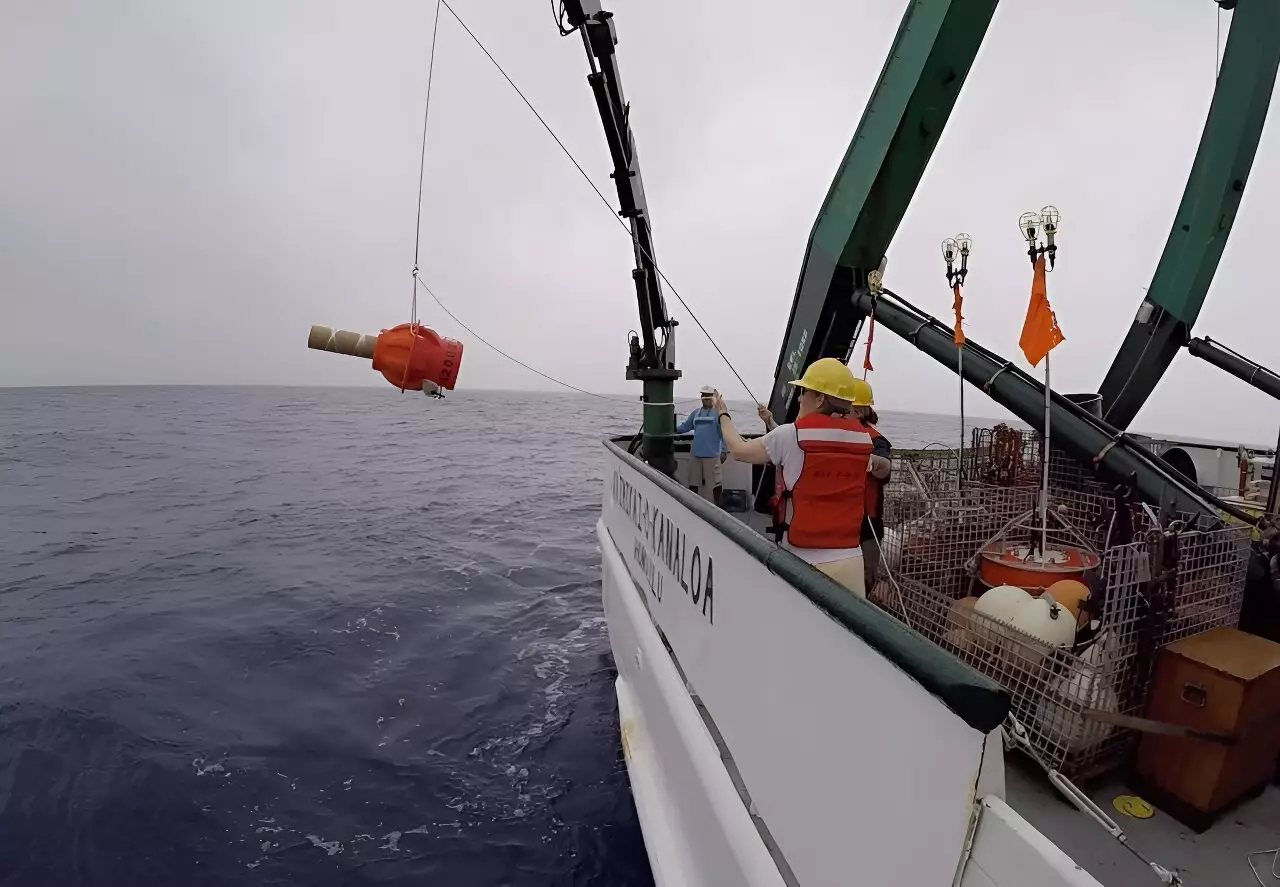In an era where climate change is at the forefront of global concerns, understanding the complexities that govern our oceans is more critical than ever. Recent findings showcase a significant step forward in this regard. New research, published in Geophysical Research Letters, harnesses the power of advanced deep ocean robots called Deep Argo floats, combined with historical data gathered from research vessels. This amalgamation has bolstered our understanding of how specific regions of the ocean are warming—a phenomenon that holds profound implications for our planet’s climate.
The study led by oceanographer Greg Johnson from NOAA’s Pacific Marine Environmental Lab indicates that parts of the global deep ocean are experiencing a gradual warming at rates between 0.0036 to 0.0072°F (0.002 to 0.004°C) per year. As Johnson remarks, “Ocean warming is the dominant element of global warming and a major driver of climate change.” This statement underscores the ocean’s vital role in the broader climate system and signals an urgent need to understand its changing dynamics.
Historically, the deep ocean has been a challenging arena for research due to its remote nature and the daunting depths involved. Previous efforts discovered an alarming warming trend off the coast of Antarctica, although the scale remained an enigma due to limited data. This latest research draws on a wealth of information provided by the Deep Argo floats, which delve deeper into the oceans than ever before, thereby reducing uncertainties surrounding the warming trends.
One of the research’s key findings is its contribution to knowledge about the ocean conveyor belt, specifically the global meridional overturning circulation—a pivotal component for weather prediction and understanding climate shifts. Notably, the report identifies two specific hotspots of warming: the deep waters off Antarctica and those near Greenland. These regions highlight the intricate interplay between oceanic temperatures and atmospheric phenomena.
As these bottom waters off Antarctica warm, they travel northward, impacting oceanic currents and thereby influencing global climates. The warming near Greenland, in particular, is exacerbated by diminishing cold water sinking from the ocean surface, a direct result of increased atmospheric temperatures and ice melt. This interplay invites concern, as disruptions in these pivotal currents can lead to drastic changes in weather patterns and sea levels.
Enhancing Climate Models: A Step Toward Preparedness
In light of these findings, enhanced data on deep ocean warming can significantly improve climate models, enabling us to predict the future more decisively. Johnson notes that by understanding the evolving temperature and salinity patterns in the deep ocean, it becomes possible to offer forecasts for decades ahead. Such predictive capabilities are invaluable for preparing societies for impending changes, including rising sea levels, alterations in precipitation patterns, and heightened intensity and frequency of tropical cyclones.
The establishment of a global array of Deep Argo floats will be crucial in quantifying the warming rates over shorter intervals. By accumulating data more steadily and comprehensively, researchers will be afforded a clearer picture of how ocean temperatures are shifting and the subsequent effects on atmospheric dynamics. According to Johnson, “We have hints that the rate is changing but we need to be able to tease that out better,” emphasizing the importance of continuous and expanded monitoring.
The Future of Oceanic Research and Climate Understanding
Launched in 1999, the Argo Program has already revolutionized ocean monitoring efforts, providing an unprecedented wealth of information that dwarfs traditional tools. The addition of Deep Argo floats—capable of measuring temperature and salinity at depths of up to 6,000 meters—further compounds this knowledge. This breakthrough technology drastically enhances our ability to track and analyze oceanic changes, ensuring that future policies, strategies, and protective measures are grounded in solid, scientific data.
As we move forward, the combined insights from advanced oceanographic technology and long-standing research will build a comprehensive narrative about climate change’s impact on ocean health. This knowledge is paramount for fostering resilience in both human and environmental systems, paving the way for informed decision-making in our battle against climate change. Understanding the depths of our oceans may provide clarity in navigating the tumultuous waters of a warming planet.


Leave a Reply